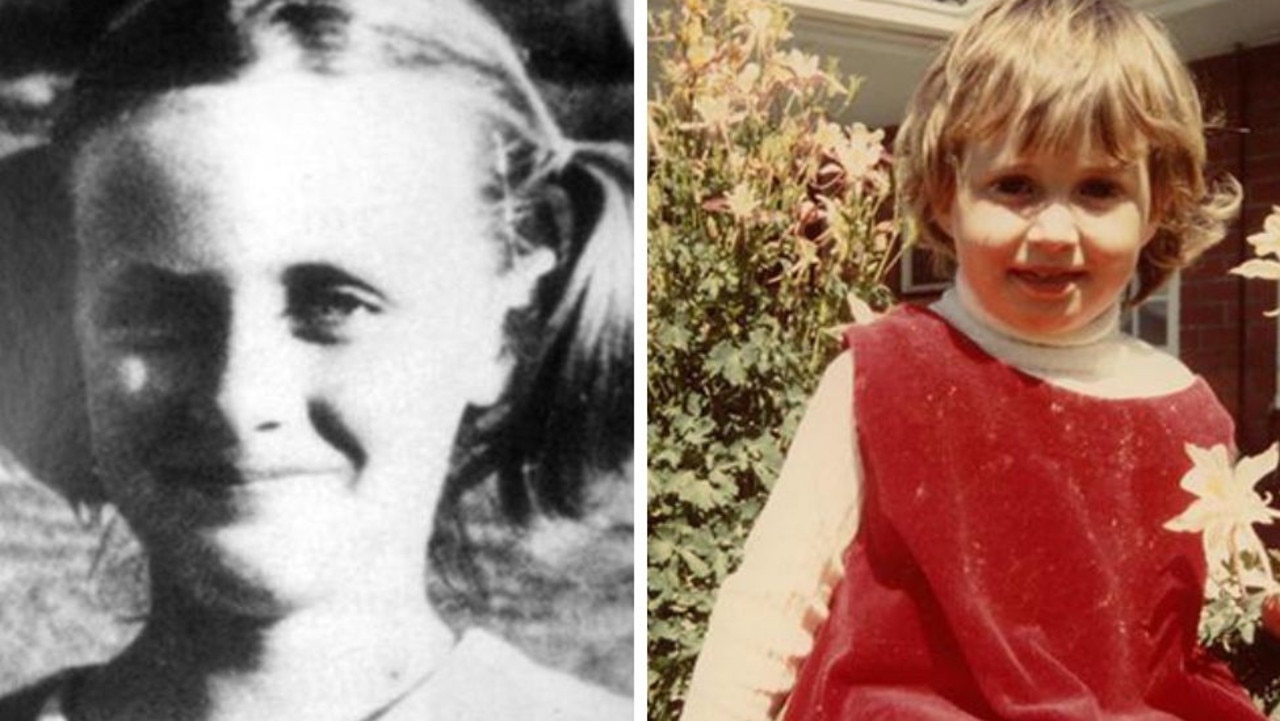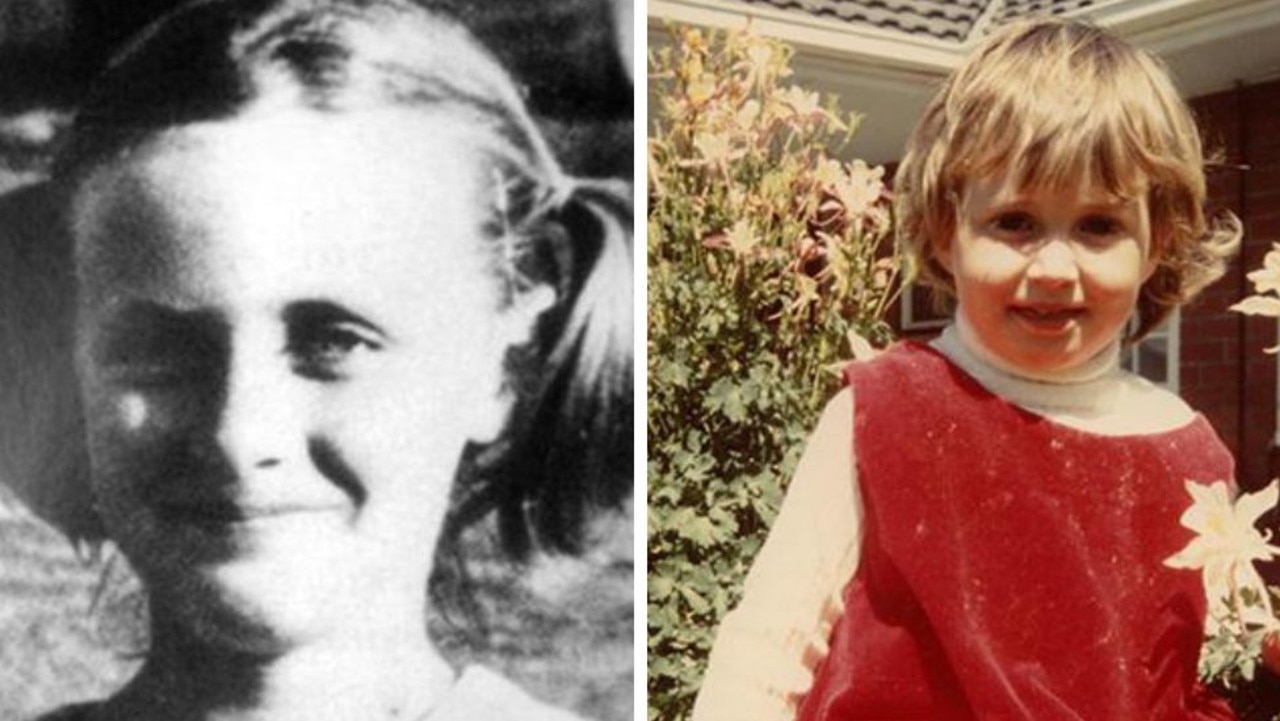Cop, soldier or bogeyman? Ex-Criminal profiler weighs in on Betty Shanks, Queensland’s biggest cold case
Was it a cop, soldier or bogeyman? For almost 70 years theories have haunted Brisbane as to who killed Betty Shanks. Now an ex-criminal profiler trained by the original FBI ‘mindhunters’ reveals his thoughts on Queensland’s coldest case.
Cold Cases
Don't miss out on the headlines from Cold Cases. Followed categories will be added to My News.
Exclusive: It’s been almost 70 years and Queensland is still no closer to knowing what happened to Betty Shanks, the young psychology graduate whose body was discovered with horrific injuries by an off-duty policeman.
Now, ex-FBI trained criminal profiler Mike King, who was trained by the men who inspired the hit Netflix series Mindhunter and countless other crime shows and books, has shared his thoughts on what may have happened to the woman at the centre of the state’s biggest cold case, saying her teeth and new mapping technology could give fresh answers.
Police officer Alex Stewart found Ms Shanks, 22, on September 20 1952, one day after her murder.

He found her badly battered body in the front yard of his neighbour’s home, on the corner of Thomas and Carberry St in the quiet Brisbane suburb Grange, close to the boundary of the better known suburb of Wilston.
Decades on, Queensland Police continue to offer hefty rewards to anyone with information that could lead to her killer being caught.
On the night of September 19, Ms Shanks was heading to her family home in the inner-north suburb after attending a lecture at State Commercial High School.
The University of Queensland graduate worked as a public servant with the Department of Interior on Ann St in the city.
That night she had hopped off a tram on Days Rd, a short walk to her Montpelier St home, where she lived with her parents.
The day a city lost its innocence
Cold-case files remain a state secret
Murder cold case sparks book battle

She is believed to have walked down Thomas St, this was the last time she was seen alive.
Shortly before 10pm residents heard terrified screams but shrugged them off as misbehaving teenagers. Nothing worth worrying about happened in Grange.
Officer Stewart said he also heard the screams and looked out his window to check, but when he saw nothing suspicious he went to bed for the night.
The next day he would be the one to find Ms Shanks lifeless body 150m from the tram stop, the young cop would eventually leave the force, entirely haunted by Ms Shanks murder.
Ms Shanks father had stayed up the night before, worried sick that his daughter had failed to come home. At 1.30am her parents reported her missing.

In the morning Officer Stewart found Ms Shanks, and he notified detectives, who rushed to the grim crime scene.
There they discovered she had been savagely kicked and beaten. She had also been dragged over a wire fence and hit with such force a tooth had been knocked from her body.
A key clue to who may have committed such a horrific crime was found on her forehead – a shoe polish mark and an unusual patterned abrasion, possibly caused by a military gaiter.
Ms Shanks, who was a virgin, was not sexually assaulted. Theft was also ruled out as a murder motive as her jewellery and handbag were not stolen.
THE SUSPECTS
Mr King, speaking exclusively to News Corp, said although four potential suspects had been posited over the years, three suspects stood out to him and “each of them are great possibilities”.

Over the years many suspects and scenarios have been put forward to police but these have stuck the test of time and new evidence:
1. The soldier: There was a dress rehearsal that night for soldiers in the area. Soldiers wear heavy, often polished, boots that align with Ms Shanks head injuries.
2. A police officer: It’s been claimed an unidentified cop struck her down on his motorcycle and threw her body over the fence, later returning to finish the job.

3. The lover/stalker: Eric Sterry’s daughter claimed he killed Ms Shanks but police and true crime researchers Jack Sim and Ken Blanch (Authors of Who Killed Betty Shanks?) all discounted him as a suspect – adding him to the pile of many fake perpetrators put forward over the years. It was claimed Sterry had expressed romantic interest in Ms Shanks but there was no evidence she reciprocated and she was not sexually active before she died. Witnesses said they saw a suspicious-looking man lurking at the tram station that night matching Mr Sterry’s description. He died in 1997, a photo of Ms Shanks was claimed to have been found in his personal album.
4. The neighbour: Jim Coats lived 250m from Ms Shanks her whole life but claimed to have never spoken to her. Detectives also picked up problems with his testimony. Mr Coats lived two doors down from Officer Stewart and the cop had used Mr Coats phone to call police.
Jack Sim and Ken Blanch are confident the person who killed Ms Shanks lived in the area and knew it well, but it was possibly someone other than Coats.
ACCIDENT OR ATTACK?
“Clearly it was blunt forced trauma. Blunt forced trauma could be induced by a lot of different methods, including a motorcycle, including a boot,” criminal profiler Mike King said.
“I would like to really see the evidence behind how and where they found her teeth. Where they found her body initially, was there any trace evidence anywhere that would suggest something of an event happened in the roadway.”
Mr King said it was important to look at where Ms Shanks would have most likely had first contact with her killer.
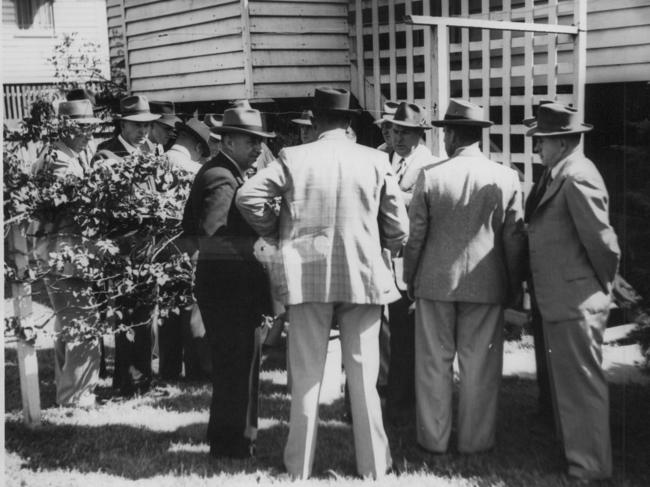
“We want to look at those initial contact sites. Was it at college? Was on the trolley (tram)? Was it the trolley stop in the Grange or was it somewhere along that road that those two came into contact?
“If it were a bogeyman hiding in the bush she may have never known that contact occurred until that fatal moment,” he said.
Jack Sim said Ms Shanks was a fighter, and would not have gone down easily when faced with an attacker, he firmly believes she did not know her attacker but he knew the layout of the area well.
“No one knew she was going to be waiting there that night. In my opinion the person lived very close to the crime scene … how the hell would a stalker possibly know she would have been walking home that night?” Mr Sim told News Corp, adding it was a rare occurrence for her to get the tram home that late.

Mr Sim and Mr Blanch have long believed it was a case of wrong place, wrong time for Ms Shanks and that she was not the intended target that night. They say another woman, strikingly similar to Ms Shanks regularly walked home around the same time she was struck.
Mr King considered the scene of the crime, looking at where Ms Shanks was most likely murdered.
“That could be a site where she’s grabbed and dragged into bushes where she is eventually found. Or she’s hit by a motorcycle or something (else) and thrown further down the roadway and then (she) either crawls or is dragged into the yard where she is (found).
“It’s less likely that if it was the motorcycle that she was thrown over the bushes and into the backyard,” he added.

Next, Mr King considered the “disposal site” – where Ms Shanks body was found and turned his focus to the possible suspects.
“What is the likelihood that the soldier with the boot can cause the kind of trauma? It very well could be possible. I have no idea I have not seen the evidence but that would take a tremendous kick if her teeth were dislodged completely from her body.
“Blunt trauma from a collision? Absolutely something like that is possible, or an assault at one location that dislodges the teeth and then the body moved to a different location … So all suspects are great suspects.”
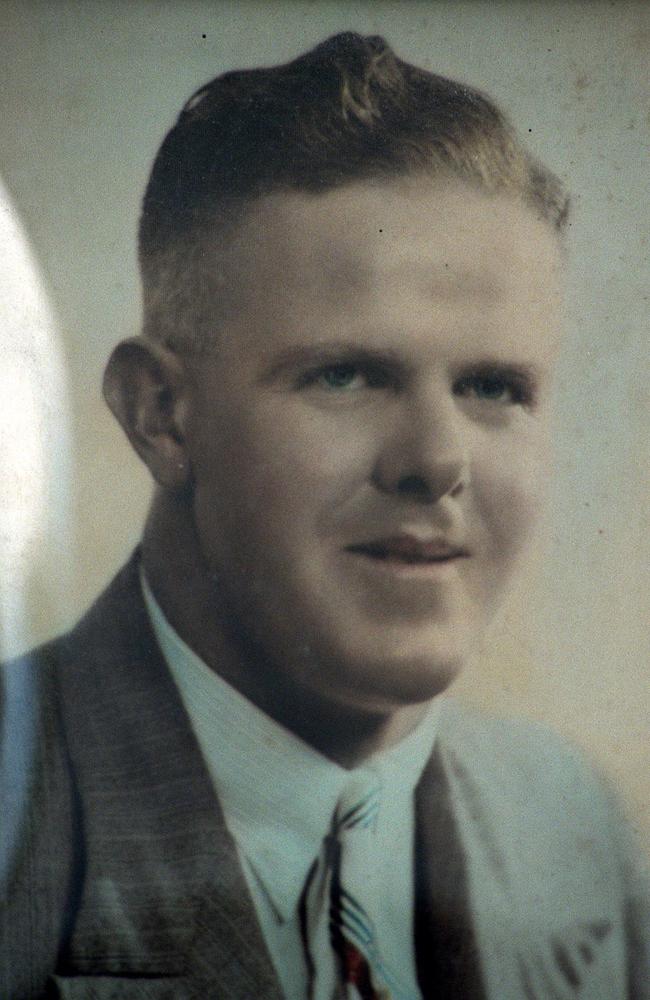
“But then you start saying well let’s look at the lifestyle of the individual (and) the fact that the watch is still on … it could cause us to lean more towards an accident than a planned event,” he said, which would support Mr Sim and Mr Blanch’s case for mistaken identity.
“(But) then you hear about man in the suit (the tram station lurker) and your mind swings back there.”
Mr Sim is adamant the person who attacked Ms Shanks had an ambush in mind.
“They were angry and aggrieved … this wasn’t some random attack, there was built up aggression, It may have been aimed at one particular person.
“She was not the intended target, there was a lady who worked nearby who looked similar. She went home 20 minutes earlier that night … no one was waiting for Betty, the perp was waiting for her.”
He added the other woman’s family had been well known for hosting soldiers.
DARK ALLEYS, OPEN FIELDS
Mr King said it was important to consider what the corner of Thomas and Carberry St looked like in 1952.

He wasn’t sure why Ms Shanks would cross one side of the road to another while walking home: “It wasn’t until you looked at the old maps and saw there were darkened alleys and opened fields that didn’t have lighting so all of a sudden we understand the behaviours. We need to be able to lean on technology to give us those answers,” he said.

The hit and run crime that rocked Queensland town
Chilling last call and 30 years of silence
42 minutes of mystery: What happened to Kenny?
Ms Shanks, who was career-focused and single, may have sensed someone was following her and crossed the street to somewhere she felt was safer.
Mr Sim said a bright, powerful light had recently been installed at the Thomas St intersection to prevent car crashes but there was a large bush by a corner during her walk that provided plenty of shade and a place to lurk in the shadows.
“The person knew it was a good place to wait,” he said.
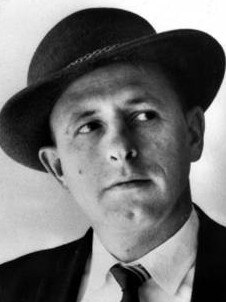
Mr King said maps could also give insight into the suspects’ living situations – where they lived, worked and played.
“With all of that we start to see a much better picture of what needs to be done. Maybe a place where we forgot something. The T that wasn’t crossed. We can’t really understand the painter until we look at the painting and it takes a long time to get the painting in a lot of these cases. The profilers job is to look at these things and say what’s significant,” he said.
Mr Sim said that if the attacker was not a local it was possible Ms Shanks killer had attacked others before and she was a thrill kill. He said there was a case that had striking similarities around the time of Ms Shanks’ murder which was put forward to police but it never led to the Shanks case being solved.
As it stands Queensland Police are still offering a $50,000 reward for definitive answers in the Betty Shanks case that takes it from cold to closed.
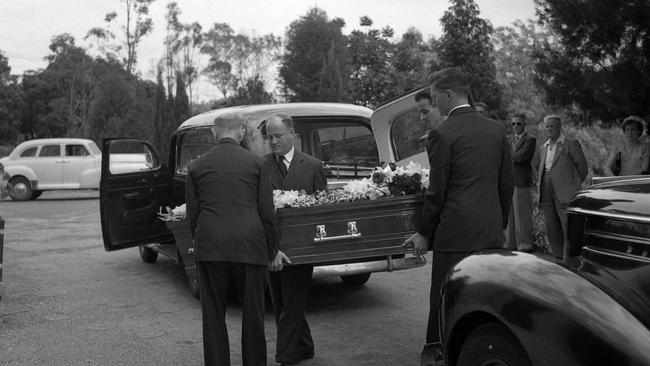
While multiple men have confessed to the crime, each of them proved to be false and almost 70 years on we’re left with more questions than answers.
“This is what is so intriguing about these cases. It may never be solved that’s the tragedy, we want it solved. We might believe who’s responsible we might even know someone is responsible but without evidence we can go to court with, they might never be charged,” Mr King said.
If you have information the could help to solve the Betty Shanks murder case phone 131 444.
Originally published as Cop, soldier or bogeyman? Ex-Criminal profiler weighs in on Betty Shanks, Queensland’s biggest cold case

